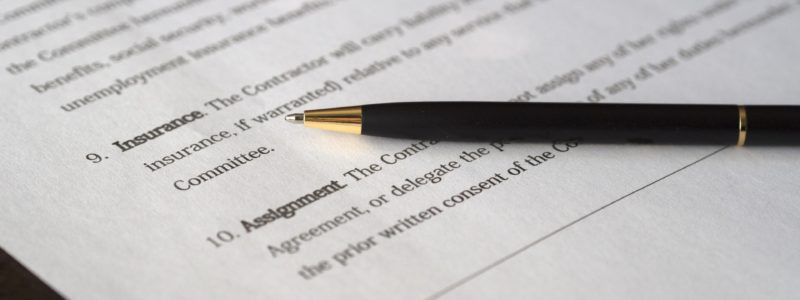
Exploring the Differences Between Constructive Trust and Proprietary Estoppel
Will claim Solicitors, specialist no win no fee will dispute and will contest Solicitors, explore the differences (if any) between a claim of Constructive Trust and a claim of Proprietary Estoppel
What in general is a Constructive Trust/Proprietary Estoppel claim
These are claims which rely on the court’s inherent “equitable” jurisdiction to uphold what in layman’s terms is or ought to be a fair outcome, given the circumstances or non-binding “agreement” between parties. It’s probably the only occasion where we might advise that a lack of fairness can be upheld; in general, for example, the lack of fairness in relation to a disputed or contested Will cannot be challenged because of the inalienable right of a individual in England and Wales to leave his/her estate as he/she sees fit regardless of whether this means his/her spouse and/or children are completely or substantially disinherited.
We provide some information about these matters in previous blogs, for example:
https://www.willclaim.com/proprietary-estoppel-inheritance-dispute/
Some legal principles
Helpfully the legal principles were explored at some length in the recent decision of Pickering v Hughes and Ors 2021 EWHC 1672 (Ch)
https://www.bailii.org/ew/cases/EWHC/Ch/2021/1672.html
The two doctrines are extremely similar. Both are concerned with the equitable jurisdiction to intervene to prevent “unfairness” or “unconscionable conduct”. The facts needed to establish each are very similar. As per Andrew Lenon QC sitting as a Deputy Judge of the Chancery Division in Pickering at paragraph 62:
The facts needed to establish a constructive trust and those necessary for a proprietary estoppel are closely analogous. In order to succeed with a constructive trust claim, a claimant must demonstrate, first, a common intention with the legal owner that he or she should have a beneficial interest in the property, the common intention to be established by evidence of an express agreement or to be inferred from the parties’ conduct. Second, the claimant must show that he or she acted to his or her detriment on the basis of that common intention; such that it would be inequitable for the legal owner to deny the claimant’s interest; see Grant v Edwards [1986] Ch 638 at 654.
This appears to raise one difference with Proprietary Estoppel which is that there doesn’t have to be an agreement per se; a common intention can be inferred and perhaps from a course of conduct such as the regular contribution towards a mortgage. In contrast, the facts needed to establish a Proprietary Estoppel appear to require an agreement of sorts, albeit an imperfect or unenforceable one. Again, Andrew Lenon QC in Pickering is of some assistance (at paragraph 65):
The facts needed to establish proprietary estoppel were summarised by Lord Walker in Thorner v Major [2009] 1 WLR 776. He held that, while there is no single comprehensive definition of proprietary estoppel:
“29. … most scholars agree that the doctrine is based on three main elements, although they express them in slightly different terms: a representation or assurance made to the claimant, reliance on it by the claimant; and detriment to the claimant in consequence of his (reasonable) reliance”.
The other main difference lies perhaps in considering the likely award for a successful claim. In a Constructive Trust claim one is “constructing” or identifying the true beneficial owners of a property; whereas in a Proprietary Estoppel claim one is “asserting an equitable” claim against the conscience of the true owner” in relation to which the minimum of equitable relief is required to remedy the position which might not be a share in the property per se. Again, as per Andrew Lenon QC in Pickering (paragraph 61):
The facts needed to establish a constructive trust and those necessary for a proprietary estoppel are closely analogous. In order to succeed with a constructive trust claim, a claimant must demonstrate, first, a common intention with the legal owner that he or she should have a beneficial interest in the property, the common intention to be established by evidence of an express agreement or to be inferred from the parties’ conduct. Second, the claimant must show that he or she acted to his or her detriment on the basis of that common intention; such that it would be inequitable for the legal owner to deny the claimant’s interest; see Grant v Edwards [1986] Ch 638 at 654.
If you consider any of these facts and matters are of interest, are likely to apply to you, or you would like to ask us for more information about our no win no fee arrangement, or you simply want us to assess your claim, then please do not hesitate to contact us for a confidential no strings chat.
We provide details about our no win no fee arrangements at https://www.willclaim.com/no-win-no-fee/.